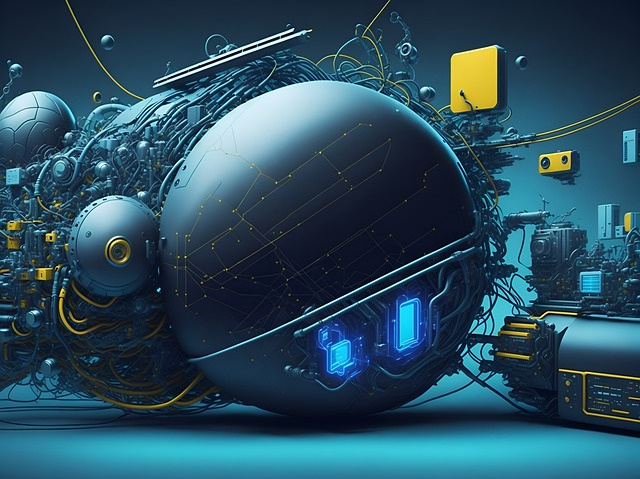RTU and DTU are two commonly used technical terms in the field of modern communications. They both play key roles in the field of Internet of Things. Although the two are similar to some extent, they have some different characteristics and application scenarios. This article will explore the differences between RTU and DTU in detail to help readers better understand the differences between the two.

1. Definition and function : RTU, or Remote Terminal Unit, is a device used for data collection, processing and transmission. It is usually used in the monitoring and control of industrial automation systems and power supply systems. It can collect various sensor data in real time and transmit these data to the central monitoring system or superior equipment. RTU usually has strong data processing capabilities and high communication rate, and can achieve fast data transmission and response.
DTU, Data Terminal Unit, is a device for data communication between field equipment and superior equipment. It is usually used in IoT scenarios to transmit data from field devices to upper-level devices or cloud platforms through wireless or wired methods. DTU is mainly used for data transmission and transfer. It does not have data processing capabilities and is only responsible for sending and receiving data.
2. Communication methods : RTU usually uses a variety of communication methods, including serial ports (such as RS232, RS485, etc.), Ethernet, wireless networks, etc. This allows the RTU to flexibly communicate with other devices in a variety of different environments.

DTU usually uses wireless communication methods, such as GPRS, 3G, 4G, LoRa, etc. These wireless communication methods have the characteristics of wide coverage and fast transmission rate, and are suitable for situations where devices are scattered and far away in IoT scenarios.
3. Data processing capabilities : RTU usually has strong data processing capabilities and can process, analyze and store the collected data, and perform corresponding control operations according to user needs. RTU is usually equipped with an operating system and can support various data processing algorithms and communication protocols.
DTU is mainly used for data transmission and transfer and does not have data processing capabilities. It will transmit the raw data collected by the field equipment to the superior equipment or cloud platform through the network, and the superior equipment or cloud platform will perform subsequent data processing and analysis.
4. Application scenarios : RTU is usually used in more complex industrial automation systems, such as power systems, oil production systems, traffic control, etc. They can collect various sensor data in real time and perform real-time control operations to improve production efficiency and safety.
DTU is mainly used in IoT scenarios, such as environmental monitoring, water quality monitoring, telemedicine, etc. DTU can quickly and reliably transmit data collected by field equipment to superior equipment or cloud platforms to achieve comprehensive data monitoring and remote control.
To sum up, there are certain differences between RTU and DTU in terms of definition and function, communication methods, data processing capabilities and application scenarios. Understanding their differences is very important for practitioners and users in the Internet of Things field, which can bring better results and convenience to their work and applications. I hope this article can inspire and help readers.